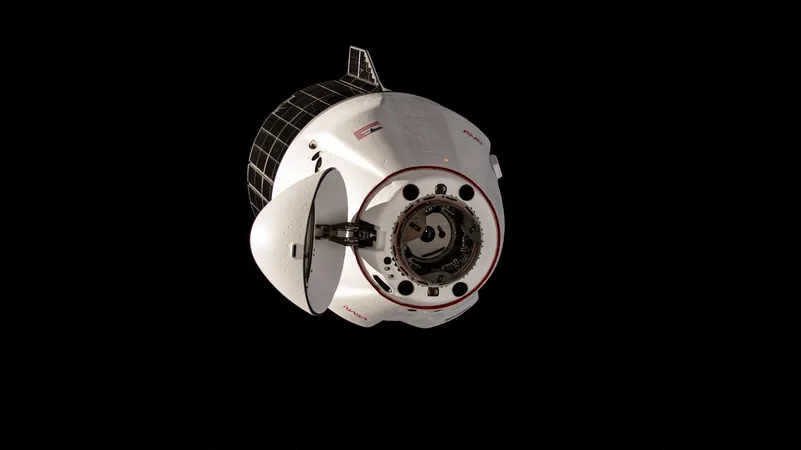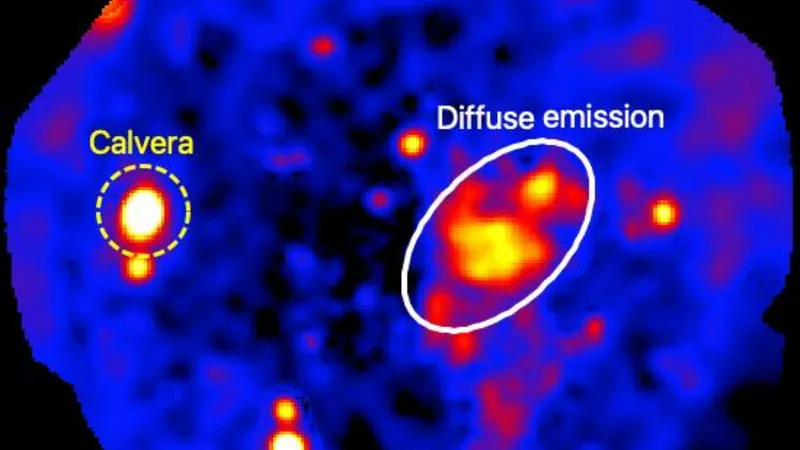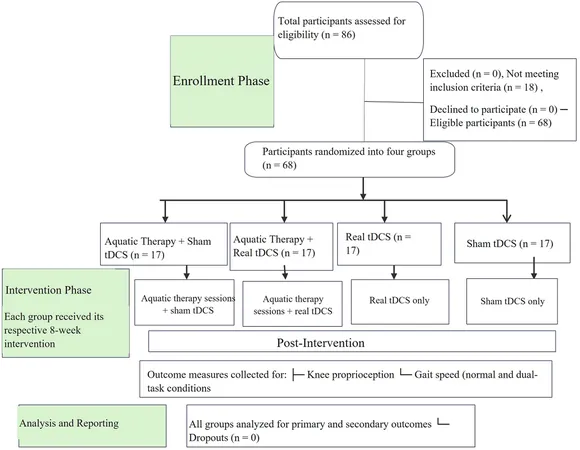
Revolutionary Stem Cell Research Takes Flight Aboard SpaceX's CRS-33
2025-08-25
Author: Ming
A Game-Changer for Medicine in Space!
A groundbreaking stem cell experiment is soaring towards the International Space Station (ISS) aboard SpaceX's Dragon CRS-33 rocket, promising to unlock treatments for some of humanity's most grievous diseases, from debilitating bone loss to traumatic brain injuries.
Historic Launch: Falcon 9’s Milestone Mission
In the early hours of Sunday, SpaceX’s Falcon 9 rocket lifted off from Cape Canaveral, Florida, marking a significant achievement as it carries its 50th Dragon spacecraft to the ISS. On this mission, over 5,000 pounds of critical equipment, supplies, and scientific research are en route, including the innovative study from the Mayo Clinic led by Dr. Abba Zubair.
Exploring Microgravity's Impact on Bone Health
Dr. Zubair's research investigates how microgravity influences bone-forming stem cells, focusing on blocking a single protein that may prevent the severe bone loss experienced by astronauts. Dr. Zubair stated, "If we can stop or slow bone loss in space, we might also find ways to treat osteoporosis on Earth." This research could pave the way for treatments of other conditions, including stroke and cancer.
Beyond Bone Loss: A Broader Vision
Dr. Zubair’s ambitious vision spans over two decades and aims to develop therapies for a range of ailments affecting millions worldwide. As part of NASA's select scientific investigations aboard CRS-33, this mission underscores SpaceX’s instrumental role in ISS operations.
A New Era of Autonomous Support in Space
The Dragon capsule will autonomously dock at the ISS on Monday and stay attached for nearly five months, a departure from typical cargo missions, allowing it to help maintain the station's altitude amid the challenges posed by atmospheric drag.
Tackling Space Travel's Biggest Challenges
Bone density loss in space poses a critical risk for astronauts, potentially jeopardizing missions to the Moon and Mars. By targeting a protein called IL-6—which signals whether stem cells should build or degrade bone—researchers hope to not only slow down bone loss in space but also revolutionize treatments for osteoporosis and other chronic illnesses on Earth.
A Diverse Array of Biomedical Research
The CRS-33 mission carries ambitious biomedical research, including: - A bioprinted nerve-repair device to aid recovery from traumatic injuries. - Advancements in bioprinted liver tissue aiming for the creation of transplantable organs. - A European Space Agency project conducting the first metal 3D printing in space, allowing for on-demand tool creation.
A Bright Future for Microgravity Research
Sarah Walker, SpaceX’s director of Dragon Mission Management, expressed excitement about supporting critical efforts in this area, stating that the work being done in microgravity could significantly advance our understanding of human health.
What’s Next? The Return of Groundbreaking Discoveries
The Dragon is expected to return to Earth by December, bringing back vital samples from the stem cell experiment and a wealth of research that could reshape both space travel and our approach to medicine.
Celebrating 25 Years of Human Habitation in Space
As we celebrate the ISS's 25th year of continuous human habitation, the partnership with SpaceX has transformed space research. With over 300,000 pounds of cargo delivered and more than 1,000 research projects supported, the ISS stands as a testament to what collaborative innovation can achieve.




 Brasil (PT)
Brasil (PT)
 Canada (EN)
Canada (EN)
 Chile (ES)
Chile (ES)
 Česko (CS)
Česko (CS)
 대한민국 (KO)
대한민국 (KO)
 España (ES)
España (ES)
 France (FR)
France (FR)
 Hong Kong (EN)
Hong Kong (EN)
 Italia (IT)
Italia (IT)
 日本 (JA)
日本 (JA)
 Magyarország (HU)
Magyarország (HU)
 Norge (NO)
Norge (NO)
 Polska (PL)
Polska (PL)
 Schweiz (DE)
Schweiz (DE)
 Singapore (EN)
Singapore (EN)
 Sverige (SV)
Sverige (SV)
 Suomi (FI)
Suomi (FI)
 Türkiye (TR)
Türkiye (TR)
 الإمارات العربية المتحدة (AR)
الإمارات العربية المتحدة (AR)